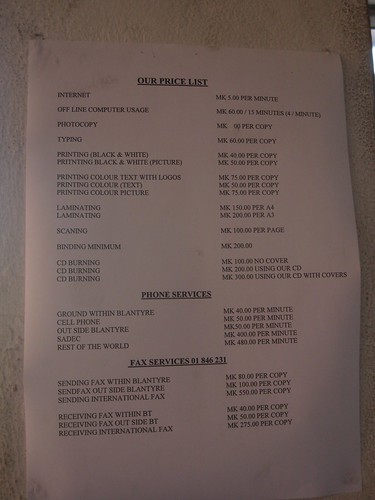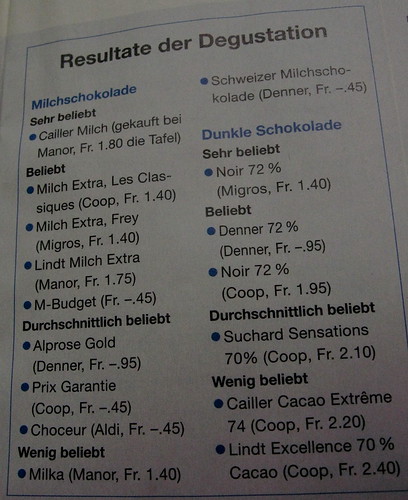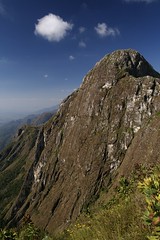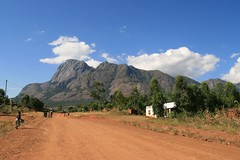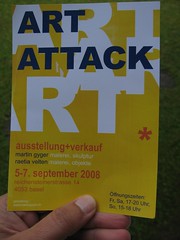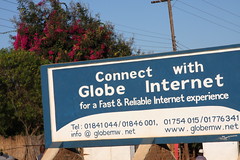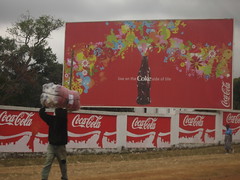As announced on Twitter, I presented a talk on mobile technology in Malawi at today’s BlogCamp in Zurich to share what I’m learning from the African blogs and tweets that I follow on a regular basis.
I started my talk with a short intro on Chiperoni (I am a bridge blogger somewhere between Basel and Blantyre) and why I blog. How much I appreciated Alex Antener’s news stream published on a Polytechnic server during the last Malawi general election. Then pointing to White African’s blog post discussing Twitter’s decision to discontinue its SMS service to the rest of the world. I tried to point out the potential a “Twitter to SMS” service could have for Malawi, where most of the population does not have access to the internet or even a plain old fixed telephone line.
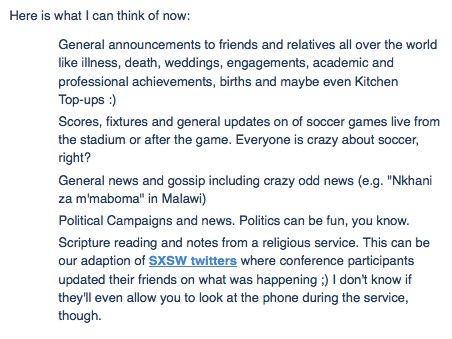
I described the current situation. And how this is changing with mobile technology. I pointed to Mike McKay’s blog post about a rural area in northern Malawi where villagers climb an ant hill to get a better signal.
In Switzerland we take a lot of things such as the excellent infrastructure we have for granted.
I shared some of my observations from my recent holiday in Blantyre, some data on the pricing models and how public wifi is being introduced in urban areas.


I was a little shaky on the stats side of things, telecommunication regulations, as well as who owns the major cell phone service companies, TNM and Zain. I’ll need to do more research here. I might have got some of my facts mixed up.
I did refer to the new airtime tax that is being introduced.
Examples referred to:
This talk was inspired by White African’s and Soyapi Mumba’s tweet streams. Zikomo kwambiri. Keep on tweeting.
Flickr credits: White African, Hackerfriendly, all other photos are my own.
Big zikomo to Persillie and Mlle A. for reviewing my slides!
I enjoyed presenting very much (note to myself).
Oh and I forgot to mention my chat with a Limbe internet cafe manager during the talk…
